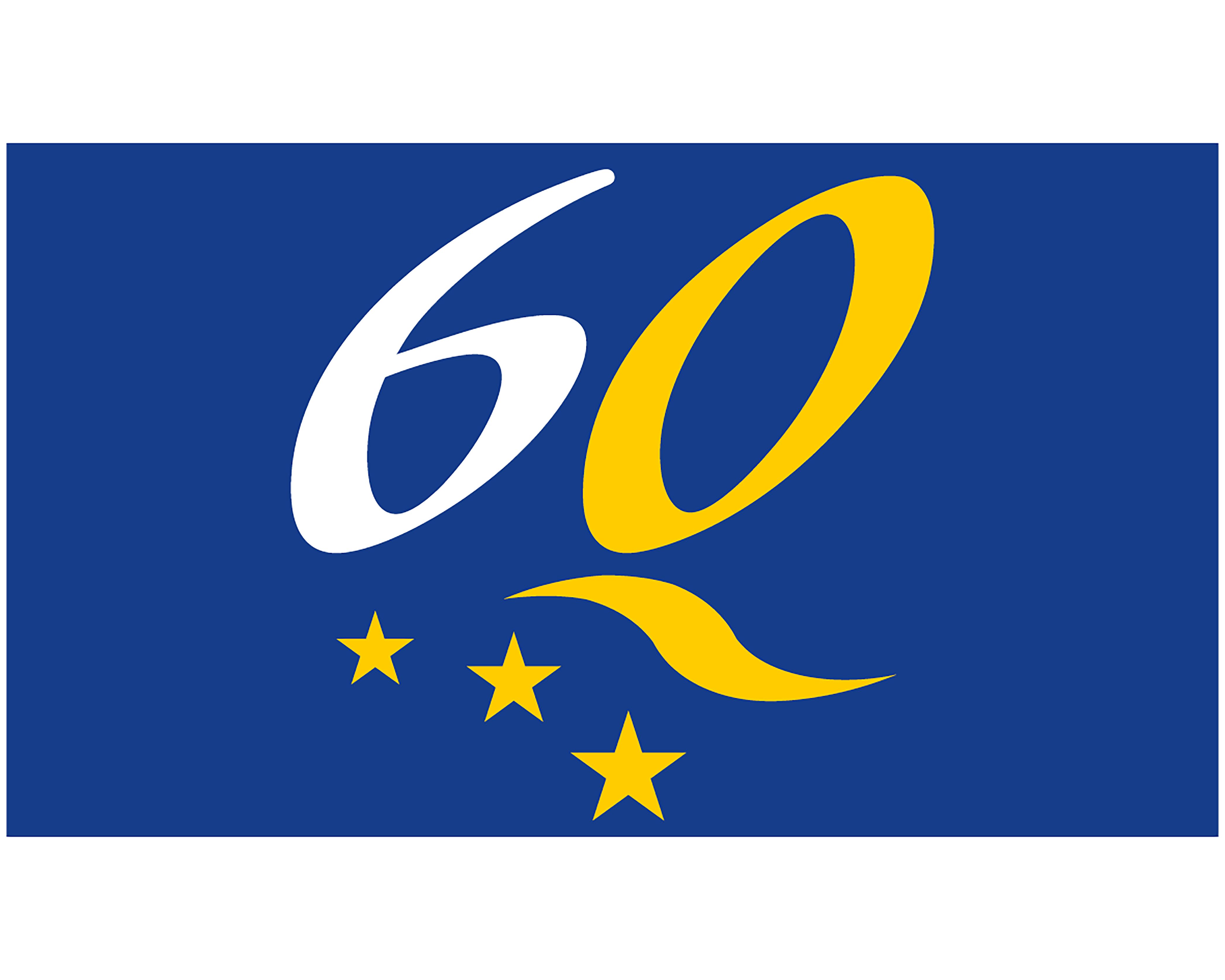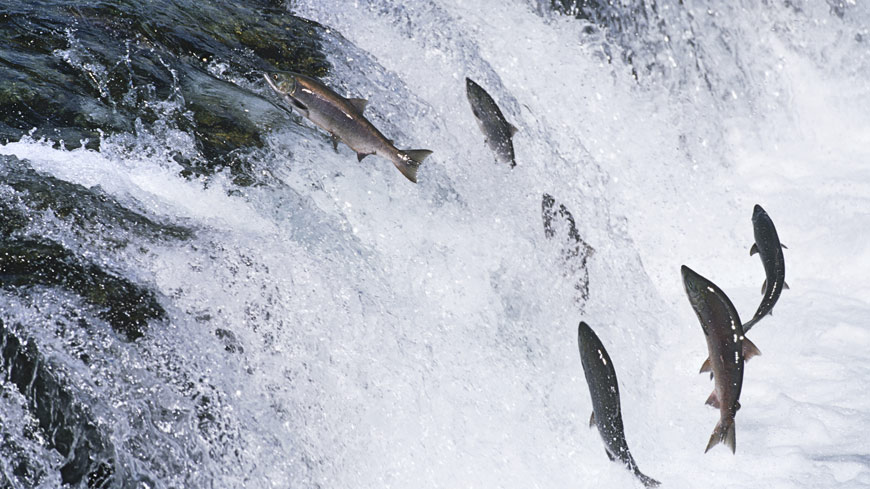The first DNA vaccine granted a marketing authorisation in the European Union (EU) dates back to 2016 and is intended to protect Atlantic salmon against salmon pancreas disease (SPD) caused by salmon alphavirus subtype 3.
Veterinary vaccine manufacturers have been developing third generation vaccines, including recombinant viral-vector, nucleic acid-based (RNA or DNA) vaccines, for the last three decades. These cover a wide variety of species (avian, porcine, bovine, fish, equine, feline, canine) and diseases (avian influenza, Marek’s disease, Newcastle disease, fowl pow, avian encephalomyelitis, infectious bursal disease, infectious bovine rhinotracheitis, equine influenza, feline rabies, progressive atrophic rhinitis in piglets, classical swine fever, canine distemper, etc.). More novel vaccines are currently in the development pipeline and are expected to reach the market in the near future.
To support this emerging field and because the quality, safety and efficacy requirements established for veterinary vaccines should be comparable regardless of their generation, group of experts 15V – the group appointed by the European Pharmacopoeia Commission (EPC) that is responsible for veterinary vaccines – has revised three texts to make it clear that the requirements described in the European Pharmacopoeia (Ph. Eur.) also apply to third-generation vaccines. These three texts, Vaccines for veterinary use (0062), Evaluation of safety of veterinary vaccines and immunosera (5.2.6) and Evaluation of efficacy of veterinary vaccines and immunosera (5.2.7), have been published in Pharmeuropa 35.2.
Among the changes made to the three texts, a section on “DNA and RNA vaccines” has been added to the general monograph on Vaccines for veterinary use (0062) and its Definition section has been modified. Although third-generation vaccines are not covered by the Definition section of individual Ph. Eur. monographs, general chapter 5.2.7 now clearly states that the immunogenicity test described in the individual monographs (when available and applicable) nevertheless applies. It also specifies which individual monograph (live or inactivated) is then to be followed, depending on the situation, e.g. how the immune system is stimulated, the type of insert, if the vector is replication-competent.
The European Directorate for the Quality of Medicines & HealthCare (EDQM) welcomes comments on these drafts before the deadline for comments of 30 June 2023 and encourages users to visit the Pharmeuropa platform on a regular basis.
See also:




